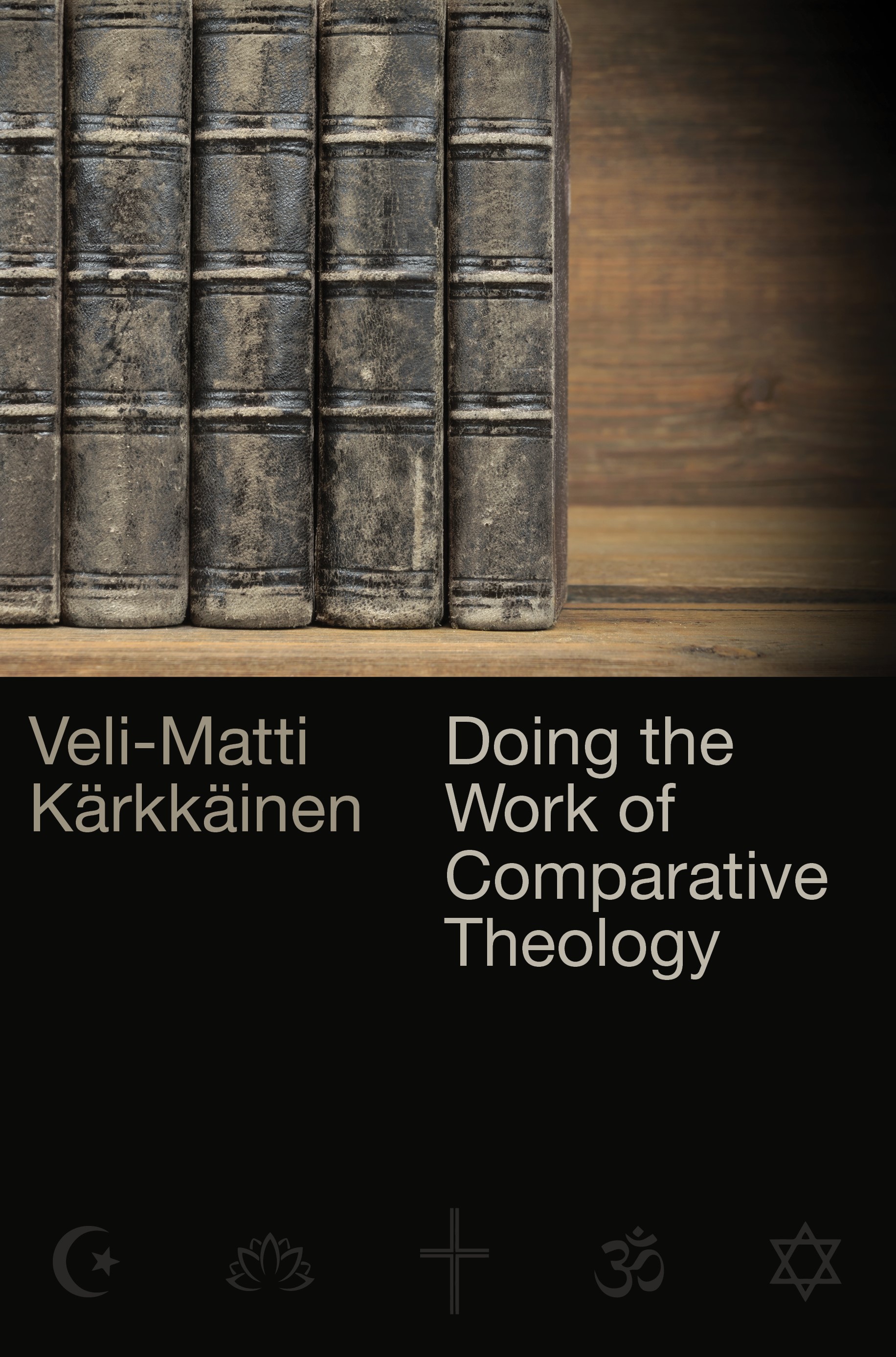In a world that is more religiously diverse than ever before, our coworkers and neighbors may well be adherents of other faiths. But how many of us really grasp the similarities and differences betwee
In a world that is more religiously diverse than ever before, our coworkers and neighbors may well be adherents of other faiths. But how many of us really grasp the similarities and differences between the major world religions? Comparative theology is one increasingly important way to bridge this gap, especially for Christian leaders and professors, but also for lay people and students.
Veli-Matti Kärkkäinen introduces the nature and work of comparative theology, then delves into a detailed doctrine-by-doctrine comparison of Christian teachings with those of historical and contemporary Judaism, Islam, Buddhism, and Hinduism. With every doctrine, he first presents a summary of consensual Christian belief and then orients the reader to the distinctive teachings of other faith traditions, highlighting parallels and differences.
Ideal for students, ministers, instructors, and lay people interested in interfaith dialogue, Doing the Work of Comparative Theology distills the comparative-theological rigor of Kärkkäinen’s Constructive Christian Theology for the Pluralistic World series into an accessible and user-friendly textbook. Readers will not only learn basic methodology but also begin to undertake the actual work of comparative theology.
Veli-Matti Kärkkäinen is professor of systematic theology at Fuller Theological Seminary, Pasadena, California, and docent of ecumenics at the University of Helsinki, Finland. His other books include Christian Theology in the Pluralistic World and the five volumes of his ambitious constructive-theology project: Christ and Reconciliation, Trinity and Revelation, Creation and Humanity, Spirit and Salvation, and Hope and Community.
View Biographical note
Table of Contents
Introduction: What Is Comparative Theology? Why Do We Need It?
1. Revelation and Scripture among Religions
2. The Triune God among Religions
3. Nature and Creation in Religions’ Imagination
4. Humanity and Human Nature in Religions’ Teachings
5. Jesus Christ and “Savior” Figures among Religions
6. “Atonement” and Reconciliation among Religions
7. Holy Spirit and the S/spirit(s) of Religions
8. Visions of “Salvation” and Liberation among Religions
9. The Church and Religious Communities
10. Eschatological Visions and Symbols among Religions
Epilogue: In Search of a “Proper Confidence”
View Table of contents
